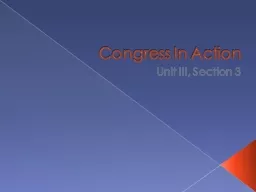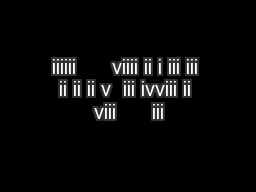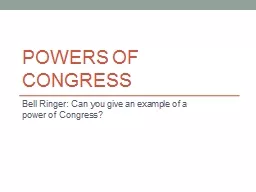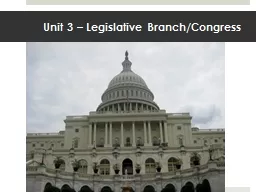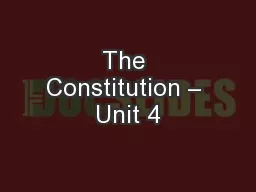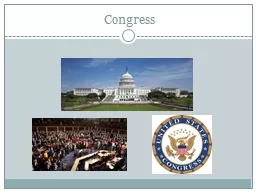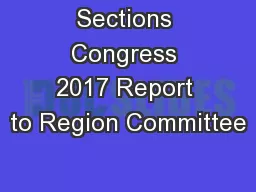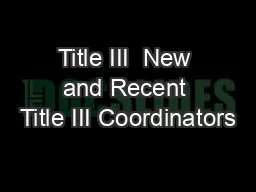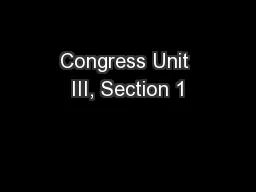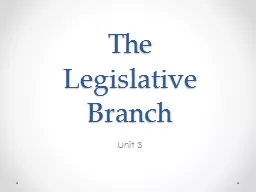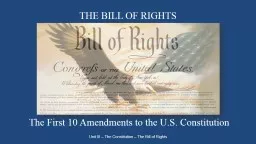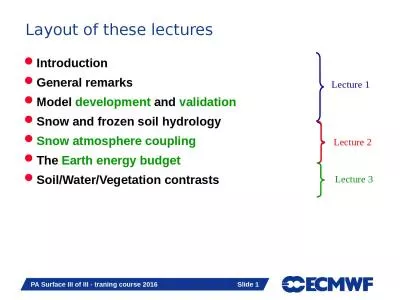PPT-Congress In Action Unit III, Section 3
Author : debby-jeon | Published Date : 2018-02-28
Section I amp II Congress Organizes amp Committees In Congress Opening Day January 3 House Reestablishes order after every two year election Reappoints the Speaker
Presentation Embed Code
Download Presentation
Download Presentation The PPT/PDF document "Congress In Action Unit III, Section 3" is the property of its rightful owner. Permission is granted to download and print the materials on this website for personal, non-commercial use only, and to display it on your personal computer provided you do not modify the materials and that you retain all copyright notices contained in the materials. By downloading content from our website, you accept the terms of this agreement.
Congress In Action Unit III, Section 3: Transcript
Download Rules Of Document
"Congress In Action Unit III, Section 3"The content belongs to its owner. You may download and print it for personal use, without modification, and keep all copyright notices. By downloading, you agree to these terms.
Related Documents

